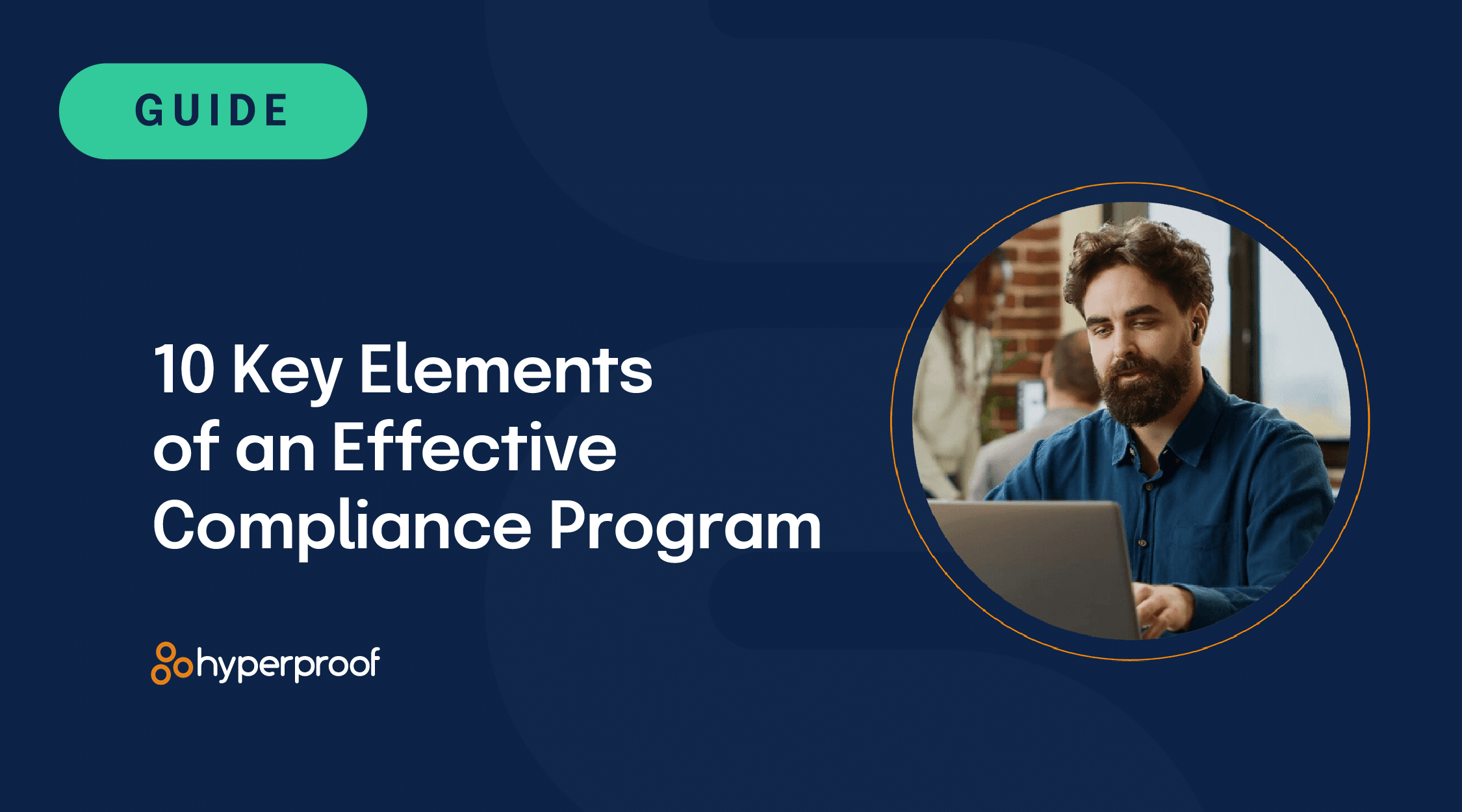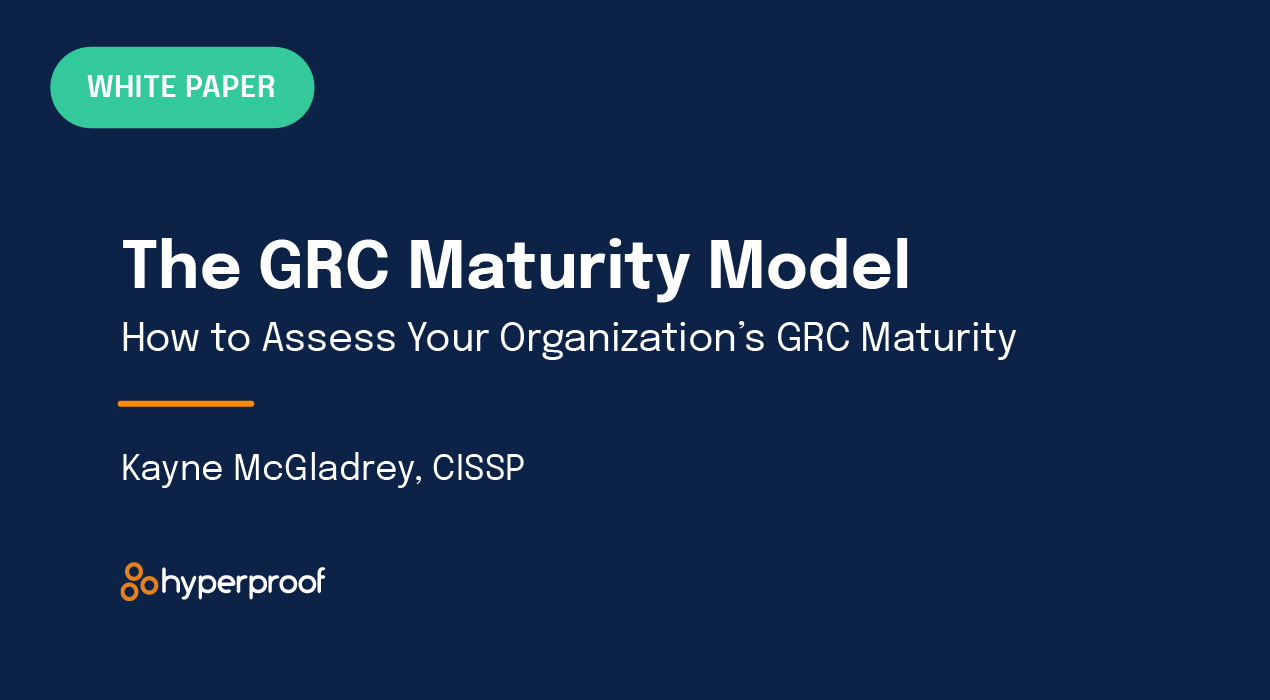Guide
The Complete Guide to Continuous Compliance
Defining and Implementing Continuous Compliance

Introduction
These days, the cost of compliance and the cost of non-compliance are rising for organizations of all types and sizes. We see an influx of new regulations, more stringent enforcement actions from regulators, and an uptick in customer-driven audits. So many organizations have been swept into a never-ending cycle of audit-related work.

When organizations must address an increasing number of regulatory requirements and customer audits each year, they need to have a well-defined, measurable, and repeatable approach to managing their compliance efforts. Without a methodology in place, they’re all too likely to suffer from audit fatigue.
Audit fatigue results when a compliance team must work overtime to prepare for every audit, scrambling to remediate issues merely days or hours before an auditor shows up. Audit fatigue occurs when compliance officers struggle to find the evidence they need to present to auditors because documents are poorly labeled and spread across a myriad of systems. Audit fatigue becomes inevitable when operational staff responsible for business processes and controls must frequently put their core projects on hold to respond to compliance requests and remediate issues.
Fortunately, audit fatigue does not need to become a chronic illness for any organization. When you create and stick to a well-defined, measurable, and repeatable approach to compliance, you can say goodbye to audit fatigue once and for all and achieve a state of continuous compliance.
A definition for continuous compliance

Many organizations today approach their compliance efforts in an ad-hoc, reactive manner. Compliance-related work is done in surges; the workload picks up when an organization must pass an audit or meet a regulatory deadline. Compliance work is put on the backburner once these events have passed. The cycle starts all over again when the next audit or regulatory requirement rolls around.
Continuous compliance takes the opposite approach; it is an ongoing process an organization engages in to proactively manage their risks. Continuous compliance is about developing a culture and strategy within your organization that continually reviews your compliance position to ensure you are meeting industry and regulatory demands while maintaining secure systems. A key part of this mindset is continuous compliance testing so you’re validating critical controls on an ongoing basis instead of waiting for the next audit.
Here are some signs that you’re operating in a state of continuous compliance:
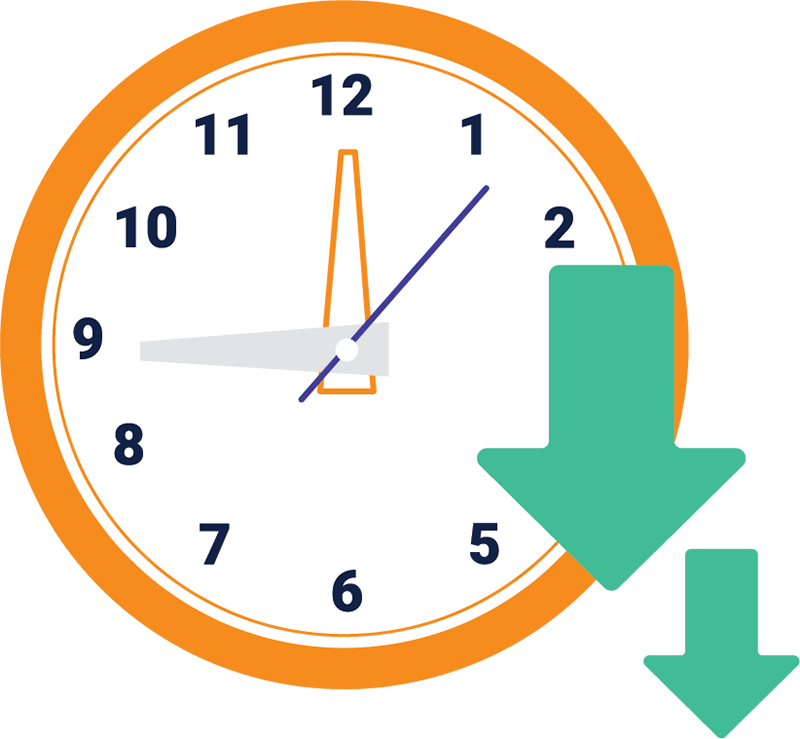
When you shift to a mode of continuous compliance, you can expect to spend less time preparing for audits and see more predictable operational costs and lowered security and compliance risks.
Depending on the nature of your business and types of customers you serve, operating in a mode of continuous compliance can create a competitive advantage for your business. When you demonstrate a commitment to compliance, it sends a positive message to the marketplace that you are a mature and developed company, not a fly-by-night operation. When you have a sterling reputation, customers will be more likely to choose you over the competition, qualified candidates will be more likely to choose to work for you, and investors are more likely to fund your growth.
The playbook to achieving continuous compliance
Getting to a state of continuous compliance requires people, processes, and technology coming together. It involves an organization-wide strategy and focus. Below, we’ll provide a simple playbook to help your organization get to a state of continuous compliance.
People

1. Tone from the top
To make continuous compliance a reality, you need strong support from the senior leadership team. Upper management has to set the right tone and send the message that the business intends to take compliance seriously. Additionally, leadership must set well-defined business and compliance goals. There should be a clear understanding of how compliance and security goals support key business objectives.
2. Appropriate incentives
The leadership team should calibrate the rewards system to prompt people to make the right choices. When making promotion and compensation decisions, the leadership team must not only look at people’s results but also how they got to their results. Further, leadership must enforce the rules so employees get the message that unethical behavior and compliance lapses will not be tolerated.
3. Dedicated compliance officer
Continuous compliance requires a clear owner. It is important to have a dedicated compliance leader who has the authority and resources they need to get things done.
4. Integration of security and compliance functions

Continuous compliance also requires ongoing collaboration between the compliance team and operations teams like IT and Engineering. After all, operations teams are the ones responsible for implementing IT controls, ensuring adherence to best practice security procedures, monitoring systems, and documenting the controls.
To get operations teams onboard, it is important to communicate how operating from a state of continuous compliance benefits them. When controls are continuously tested and monitored, it reduces the likelihood of operational problems and improves the quality of services IT and engineering delivers. When process owners understand the effectiveness of controls under their purview at all times, it saves them from having to find out about a risk exposure during an audit and having to do unplanned work. It means that they can do a little bit of compliance work on a regular basis and devote the bulk of their time to core projects.
From a practical perspective, the best way to ensure that IT and engineering teams take responsibility for compliance is to work with them to design the controls. This will give IT and engineering teams a sense of ownership over continuous compliance practices. The compliance team should be involved early in the software development cycle so that they can raise security, privacy, or regulatory concerns during the design phase. This is much less disruptive to the business than having compliance raise issues during the review cycle right before the software becomes publicly available.
Processes
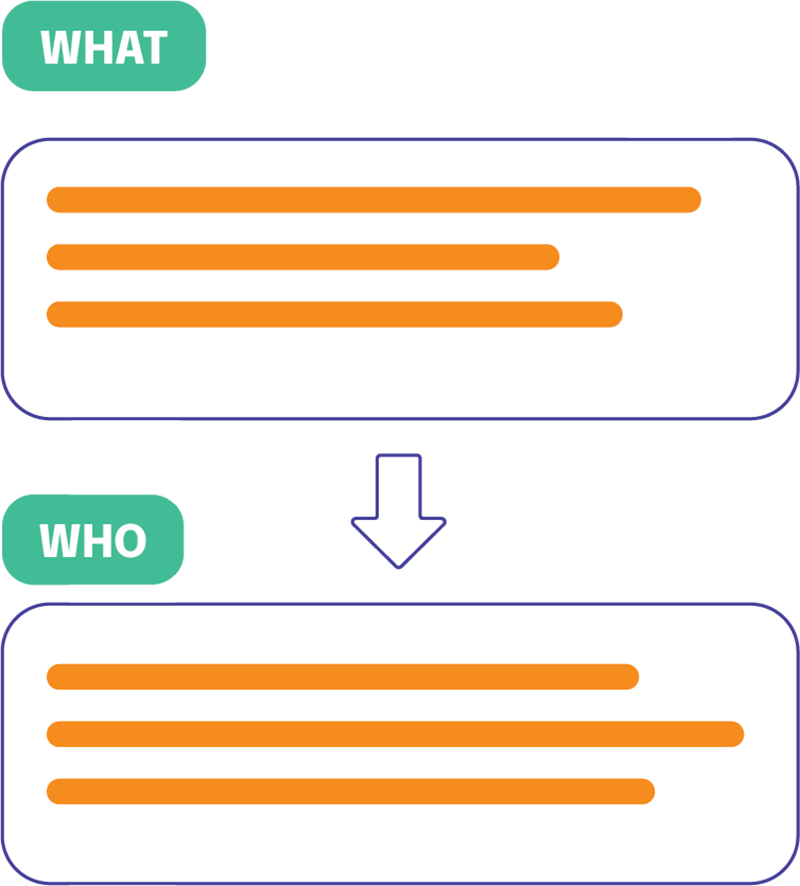
Continuous compliance is a process of proactive risk management. It’s about putting in place processes so that your team always knows what the highest priority is, the workload becomes predictable, and you understand your compliance posture at all times. Here are the steps you can take to get to a state of continuous compliance:
1. Take inventory of your existing policies, procedures,
and controls.
To get to a state of continuous compliance, you need to align what you have today – policies, procedures, and controls – to the compliance frameworks that matter to your business and your customers. If your policies, procedures, controls and evidence live in an assortment of places today (e.g. spreadsheets, file storage, email attachments), it will be difficult to manage your program and identify your top priorities. The first thing you’ll want to do is to centralize all of your documents and files in a single location so you can understand exactly what already exists today. There are tools such as Hyperproof that can serve as a system of record of all of your compliance data.
Once all of your compliance data is in one central location, you’ll need to organize the information in a way that’s easy to understand. Link your policies, procedures, and controls to the appropriate requirements within regulations that matter to your business. Categorize the data and tag each document so you can easily retrieve this data and reference it in the future.
2. Identify common controls that map across regulations
The requirements and controls in various regulatory frameworks often overlap, and differing schedules for updates to these frameworks can make meeting all your governance requirements an exercise in duplicative work and wasted resources. The way to reduce the work is to identify common controls that map across multiple frameworks or standards.
To get to a state of continuous compliance, you need to answer the question: “How compliant am I with X standard, given that I am Y% compliant with Z standard?” You’ll want to figure out how much one set of requirements overlaps with another requirement, and identify where you can implement one common control to satisfy multiple frameworks (e.g. ISO 27001 and SOC 2®). There are tools that make it easy to identify overlapping content among frameworks.
Important Note
Implementing common controls to meet multiple security frameworks and compliance regimes is not a new practice. However, this practice has become especially salient because the regulatory landscape is changing at such a rapid pace.
In the last few years, we’ve seen numerous new data protection and privacy laws passed around the world. GDPR came into effect in May of 2018. CCPA, the most comprehensive U.S.-based privacy law governing the data rights of Californians came into effect January of 2020. Individual states within the U.S. and countries all over the world are creating new laws around data protection and user privacy.
At this point, trying to meet each new law on its own terms will become too expensive, too inefficient and too legally risky to bear. In the realm of user privacy, rather than taking a “wait and see” approach, it is easier, faster, and safer for organizations to create a global data compliance policy framework. Organizations should seek to understand the requirements of different laws, the common intent behind the laws, opt to adhere to the most robust of the laws, and design a common set of controls to satisfy these requirements. By taking this approach, your organization can mitigate the need to re-evaluate legal, operational and engineering practices each time a regulatory body makes a new law.
3. Streamline your evidence collection and management process
One of the tenets of continuous compliance is removing the need for compliance staff to spend time collecting evidence to demonstrate compliance to external auditors. Continuous compliance, by definition, means that you have current evidence on hand at all times. Thus, it is important to have a streamlined process to collect evidence and keep it fresh and visible to the compliance team. Later in the piece, we’ll discuss tools that help you with evidence collection.
4. Implement a testing plan
Another hallmark of a continuous compliance program is defining success and failure in relation to your controls and collected evidence. Good testing is critical to identifying issues and resolving them before they escalate to the point they cause monetary or reputational damage. It is important to define testing parameters for controls and collected evidence so your organization can ascertain whether inbound evidence adheres to stated policies or falls outside them.
5. Create a well-defined project management process
From collecting evidence to reviewing and updating policy, compliance teams have a lot of projects to juggle at once. When there’s so much to do, it is all too easy for a few balls to drop. Continuous compliance requires you to have a logical process for keeping track of your work and getting it all done. Thus, you must have a system that makes task assignment and collaboration as seamless as possible.
6. Define a process for keeping up with regulatory changes
Continuous compliance requires diligent maintenance. Going forward, we can expect to see governments – local, state, federal, and international – pass more regulations in areas like user privacy and information security. To reduce compliance risks, smart organizations will establish a method for keeping up to date with new laws and regulations and create workflows to make sure their internal control environment is always compliant with external requirement.
Technology
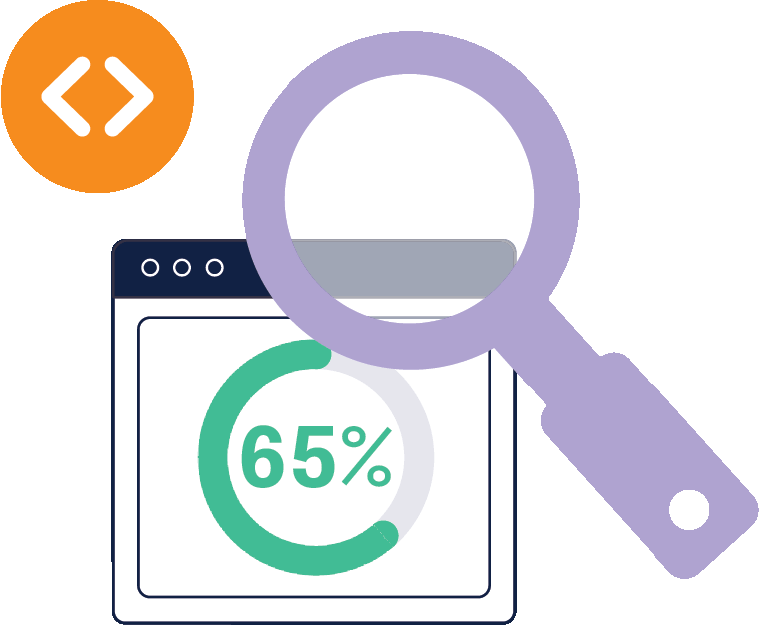
Technology can help your organization put the key processes we outlined above into practice. For example, you need to have a system of record to store all of your compliance data before you can streamline your evidence collection process. People are much more likely to follow established project management processes when they include minimal work. Technology can help ensure that the desired processes are followed and even automate certain manual processes.
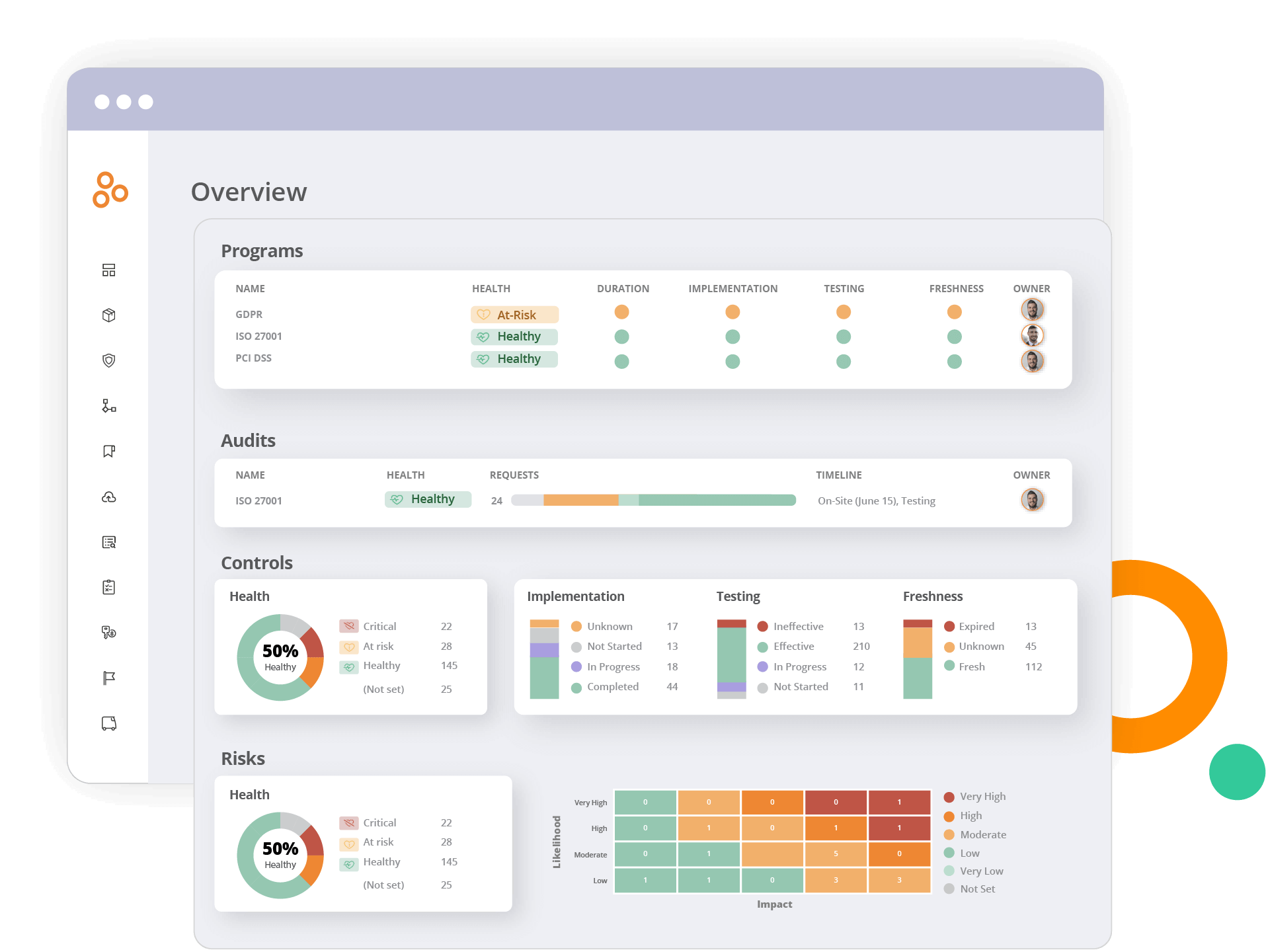
To move to a state of continuous compliance you’ll need:
Let’s take a closer look at each of the technology components that support continuous compliance.

1. Data storage/system of record
You are likely familiar with how customer relationship management (CRM) systems work. CRMs provide organizations with the ability to organize their contact data, segment customers, run sales reports, forecast sales and scale up their sales processes. Similar to a CRM system, a compliance management system provides these benefits too.
With a compliance system of record, you can easily keep track of all of your compliance data. You’ll be able to see whether you have controls, policies, and procedures that satisfy a specific requirement. When you have a centralized and secure digital system of record of all your compliance data, it becomes much easier to assess how your policies, procedures, and controls stack up against relevant standards.
Furthermore, a system of record comes with content on various compliance frameworks (e.g. SOC 2®, ISO 27001, GDPR, etc.). The structure of compliance frameworks within the tool makes it easy to translate between frameworks and leverage work done in one framework to meet other compliance requirements.
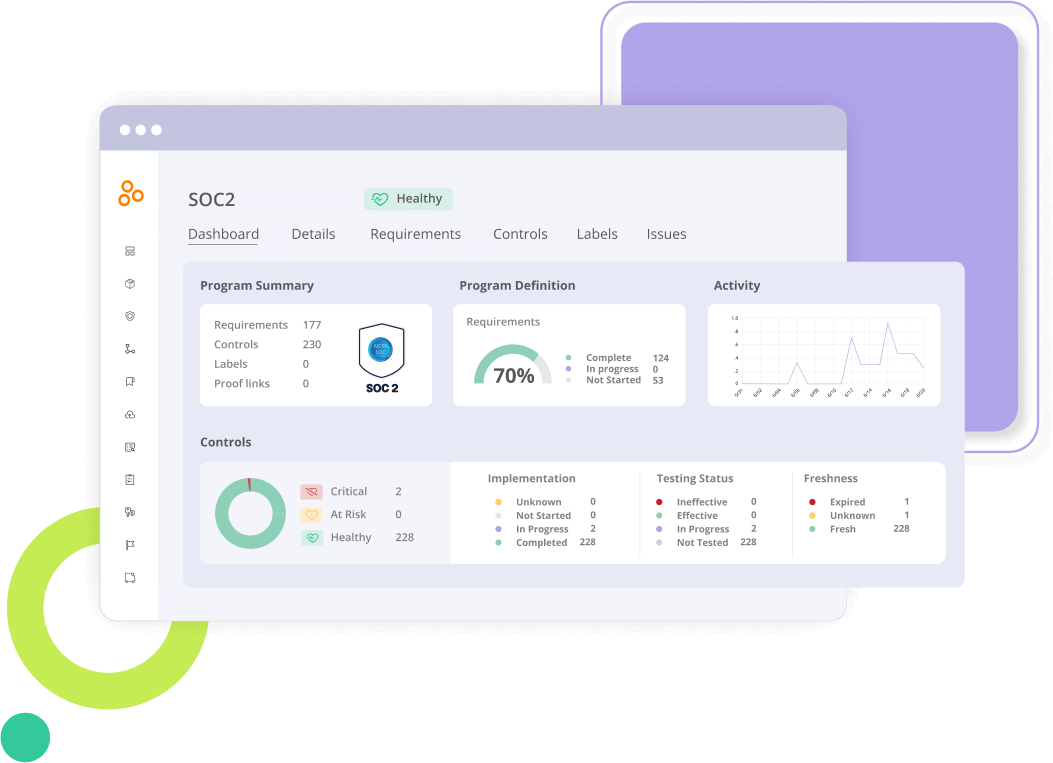
Another core feature of a CRM is that it provides a logical, flexible data structure for your customer records so that you can run reports to answer any questions you have about the state of sales and customers. Similarly, a compliance system of record can provide you reports on the state of your compliance program in detail and identify the work that still needs to be done. For example, you’ll see how many controls are linked to a requirement and understand how close you are to 100% compliance with a given framework. A compliance system of record should give you the ability to highlight those requirements that are not covered by your existing controls, allowing you to focus your resources on those high-priority areas.
Another benefit of a CRM system is its ability to log all interactions your organization has had with each customer account. It creates a record for each event a lead or customer has had with your organization, which helps a salesperson tailor the way they communicate with each customer. It ensures that when a salesperson or account manager leaves the organization, customer knowledge isn’t lost. Similarly, a compliance system of record tracks all the changes you and your team make to your compliance program and saves all previous versions of evidence. It ensures that you won’t lose valuable knowledge if and when a key compliance personnel leaves your organization.

2. Integrations
Organizations today spend a lot of time on compliance related work because the work is done in disparate systems such as spreadsheets, email, and file stores. If you are tracking regulations in spreadsheets, sending different versions of policies back and forth via email, and storing pieces of compliance evidence in Google Drive, finding everything you need at the time of an audit will be difficult and stressful. On the other hand, if you know whether a control is working or not at all times and have all of the evidence at your fingertips, you can be confident when an audit rolls around. To know your compliance posture in real-time, you need to connect your compliance system of record to the business applications and productivity tools you are using today to manage your compliance program. When the systems are integrated, you can automate the testing of controls, streamline the way you collect evidence and easily collaborate with stakeholders in your compliance ecosystem.
3. Automation
Driving down your long-term compliance costs isn’t possible without automation. A compliance management system can automate traditionally manual processes such as evidence collection and control monitoring. For example, an integrated compliance management system can automatically extract evidence as needed. In addition, compliance management systems allow you to develop testing parameters that can be automatically run against inbound evidence and notify you of exceptions.
4. Collaboration and task management
You’ll always have to rely on colleagues in departments like Engineering or IT to keep certain controls up-to-date and document the effectiveness of controls under their purview.
A compliance management system gives you the ability to easily collaborate with stakeholders across your compliance ecosystem. The system helps you manage your projects in a way that ensures people always know what’s expected of them and what they need to do next. An effective collaboration system needs to provide the means to assign roles for each compliance project and assign tasks and due dates. It should ensure people complete their work by automatically reminding people when something needs to be done; ideally, it will provide a place for the entire project team to have conversations about their work.
When you put data storage, integration, automation, and collaboration together, you’ll have a system in place that gives you the ability to operate in a mode of continuous compliance.
Fortunately, you do not need to build or buy four separate tools to gain the benefits of these technologies. In fact, compliance management software such as Hyperproof is specifically designed to help organizations mature their compliance management processes and reach a state of continuous compliance.
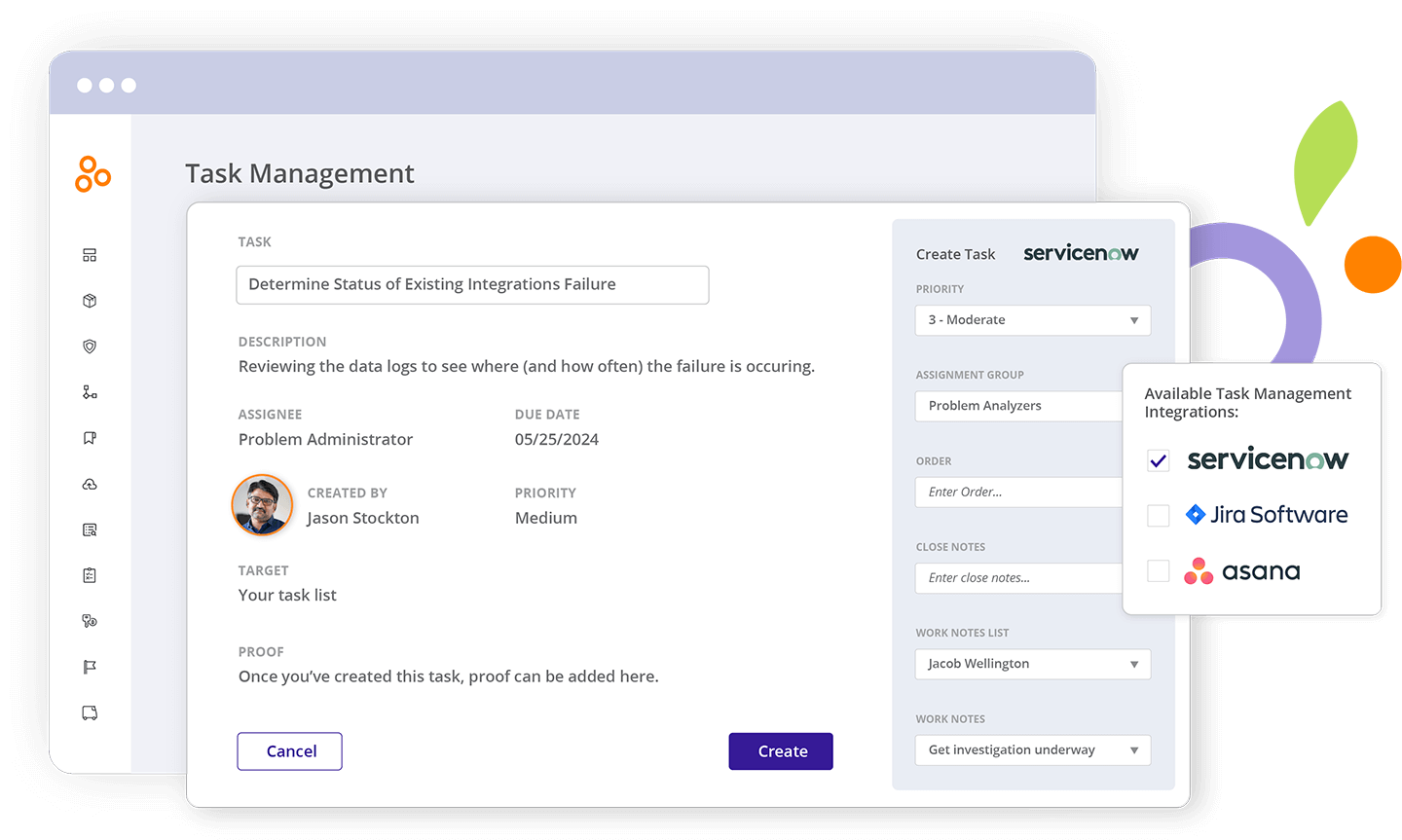
Hyperproof provides organizations with a system of record for their compliance data and automates the evidence collection and controls testing processes. Hyperproof integrates with many productivity and data storage tools that organizations are already familiar with – such as Outlook, Slack and Dropbox – so it’s easy for all parties to get the work done. It also comes with project management capability so all parties know what’s expected of them and what they need to do next.
Conclusion

When your organization must address a growing list of compliance standards and their hundreds of seemingly unique requirements, operating in a reactive mode doesn’t cut it anymore. If you want to eliminate audit fatigue once and for all, it is important to implement a well-defined, scalable process for your compliance projects. When you get everyone on board and implement the continuous compliance playbook, you can dramatically reduce the costs of compliance, reduce your team’s workload, and gain confidence that your compliance program is truly effective in mitigating the risks facing your organization.
Download the PDF






